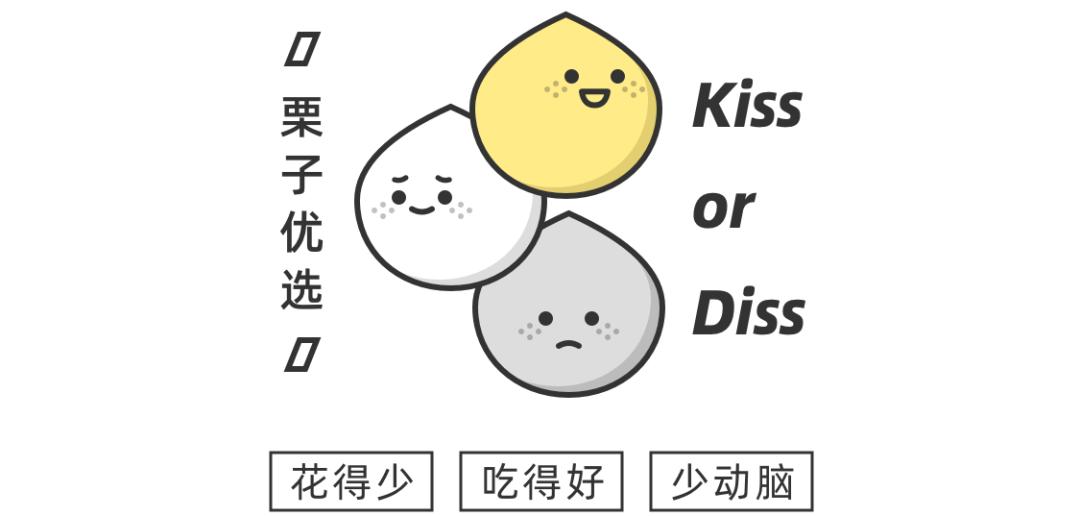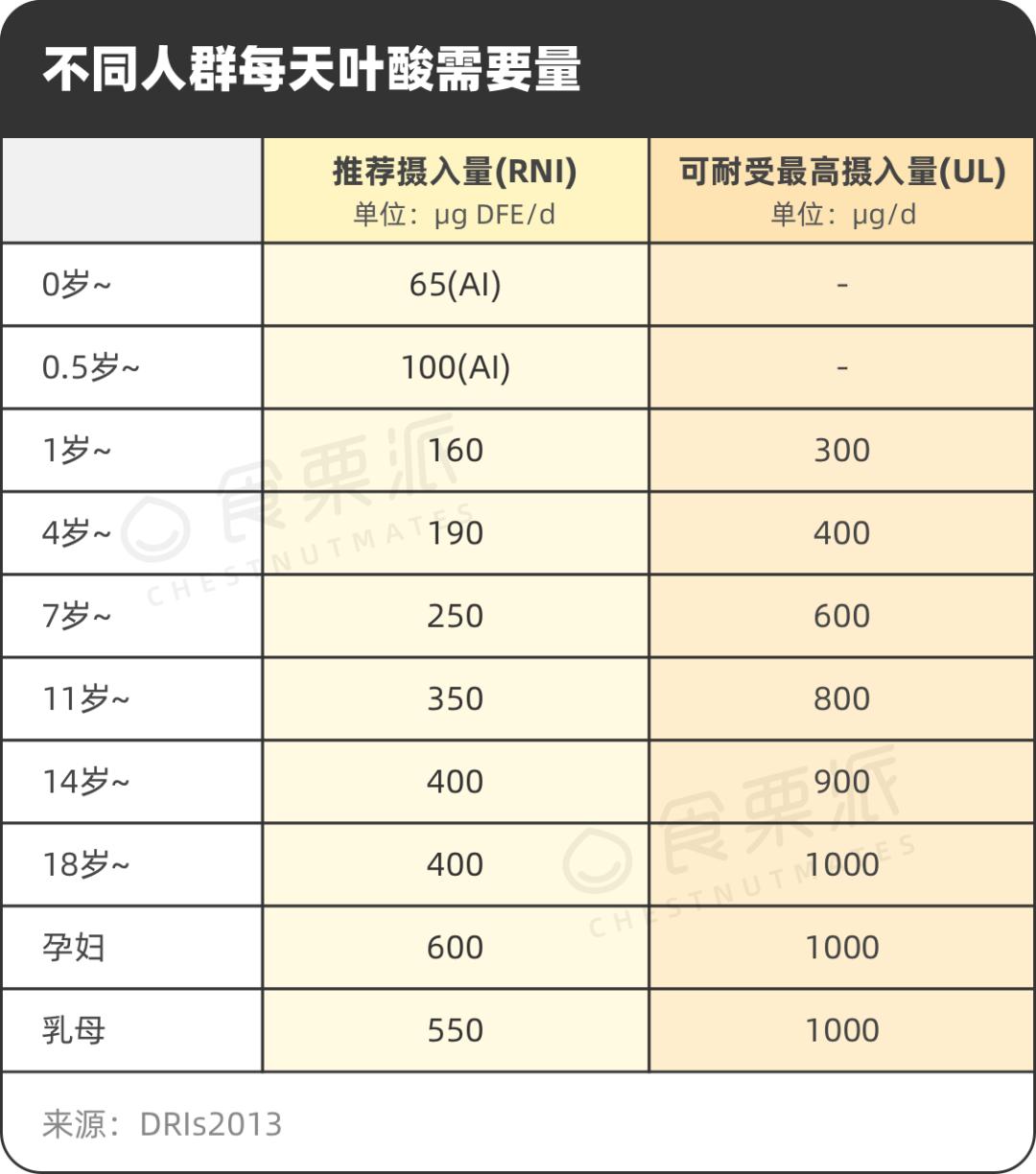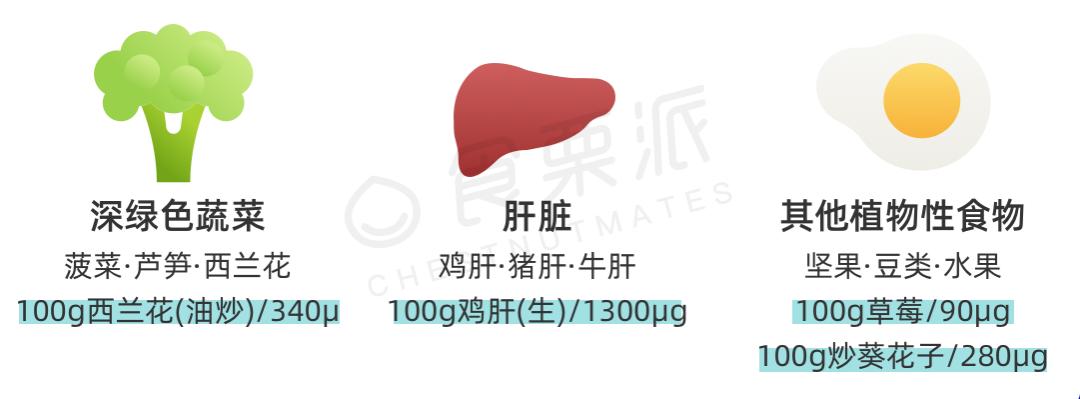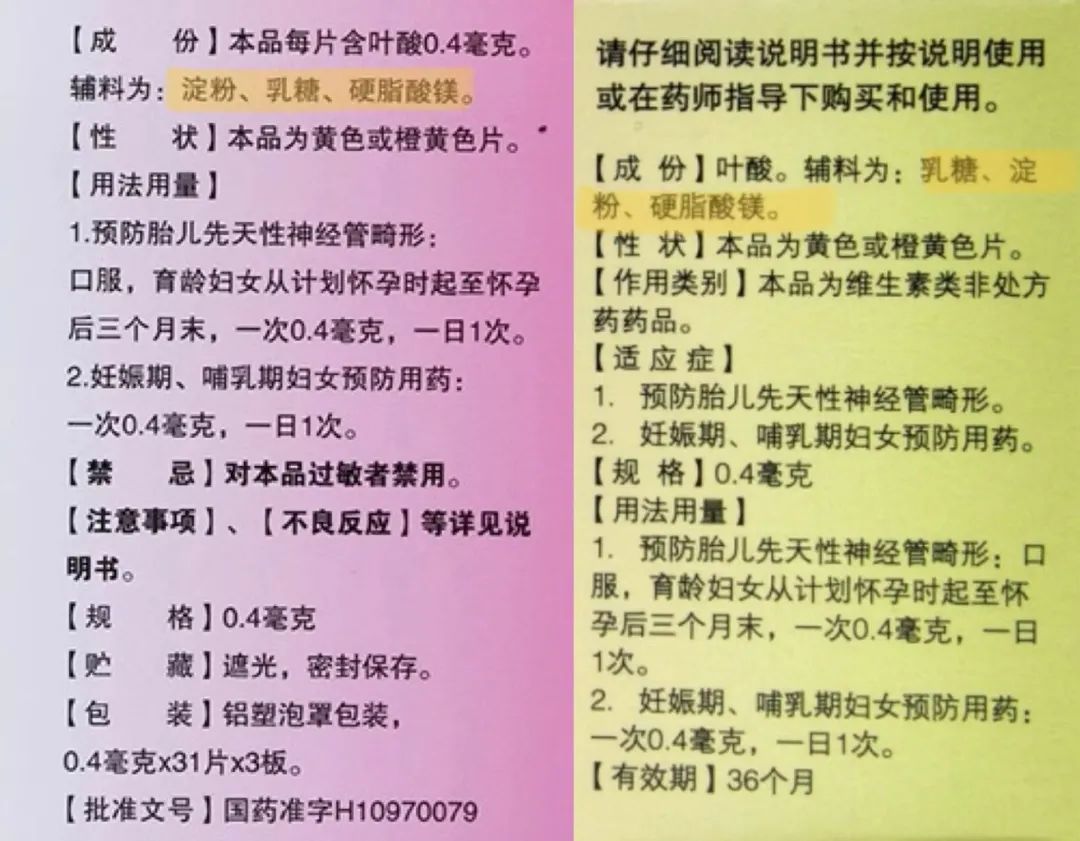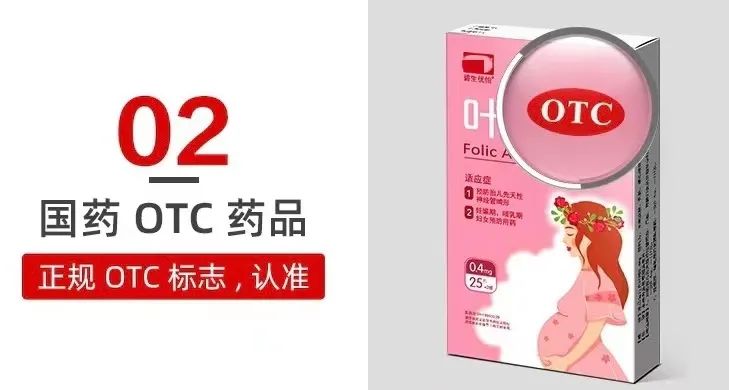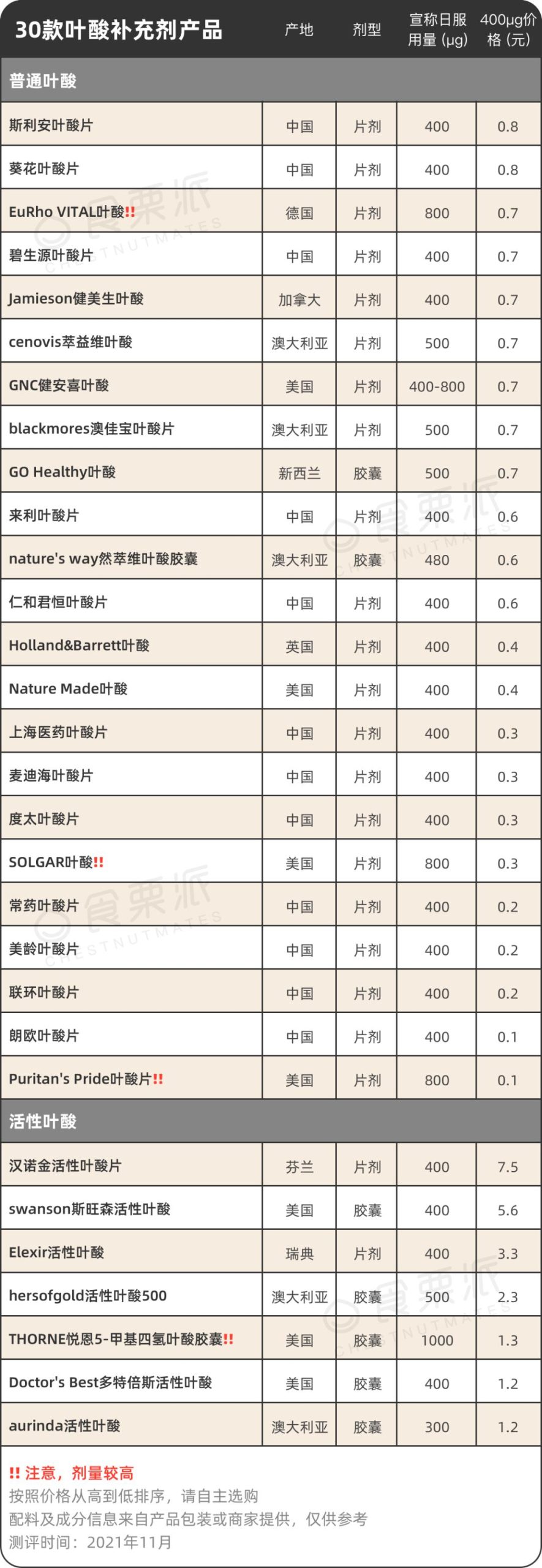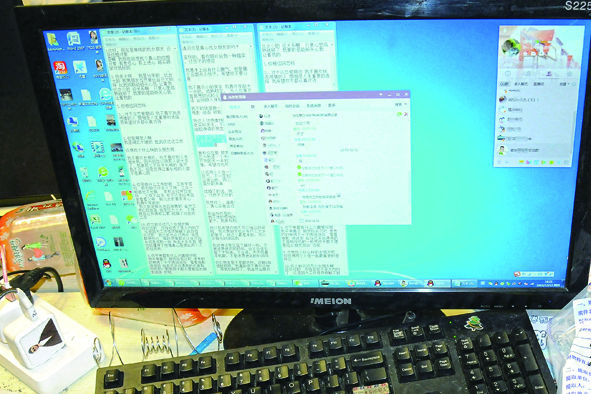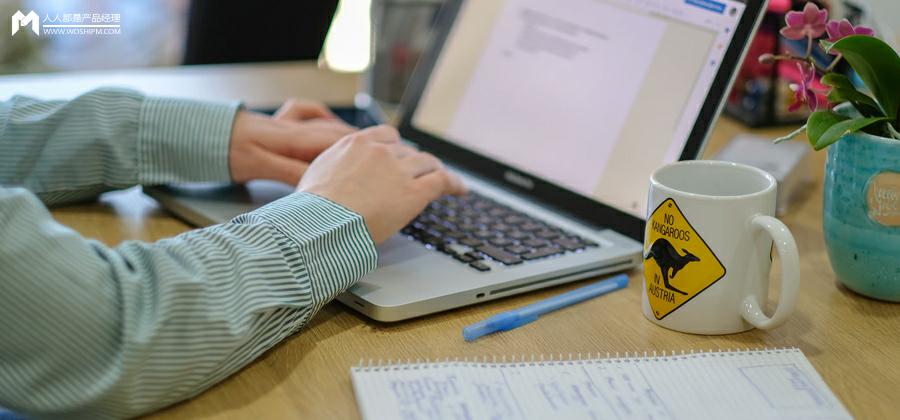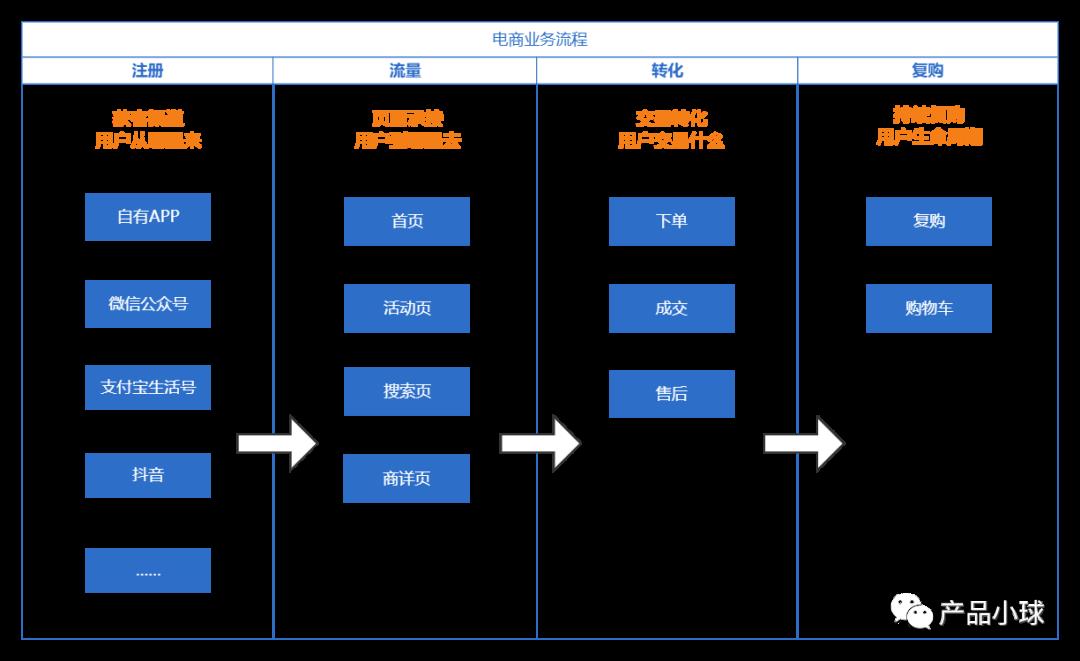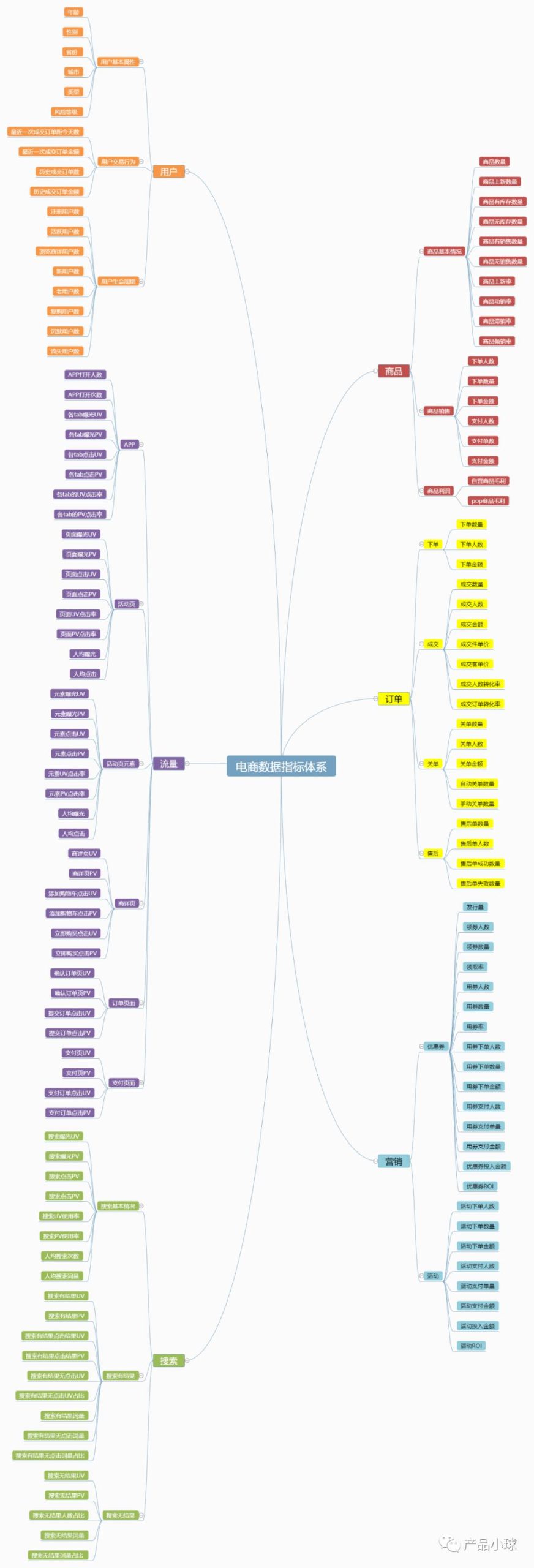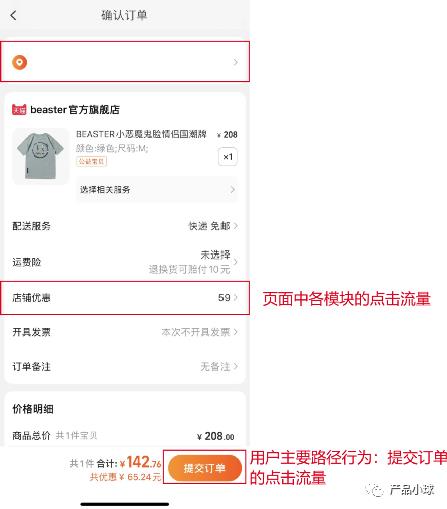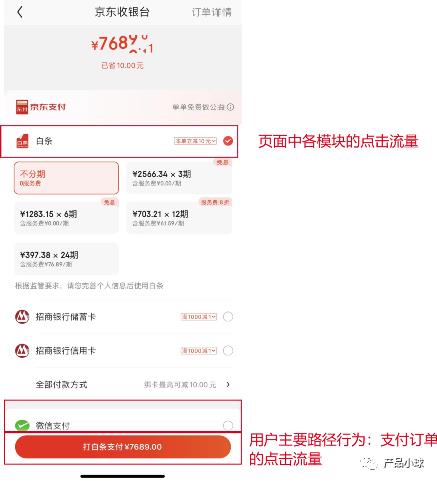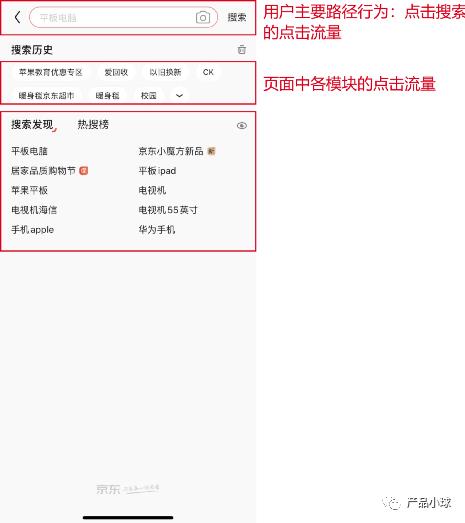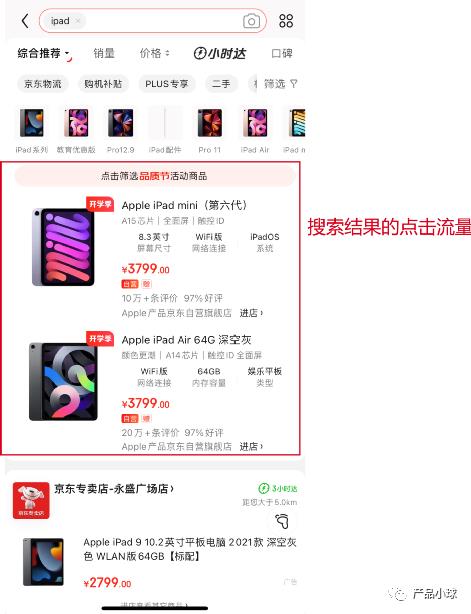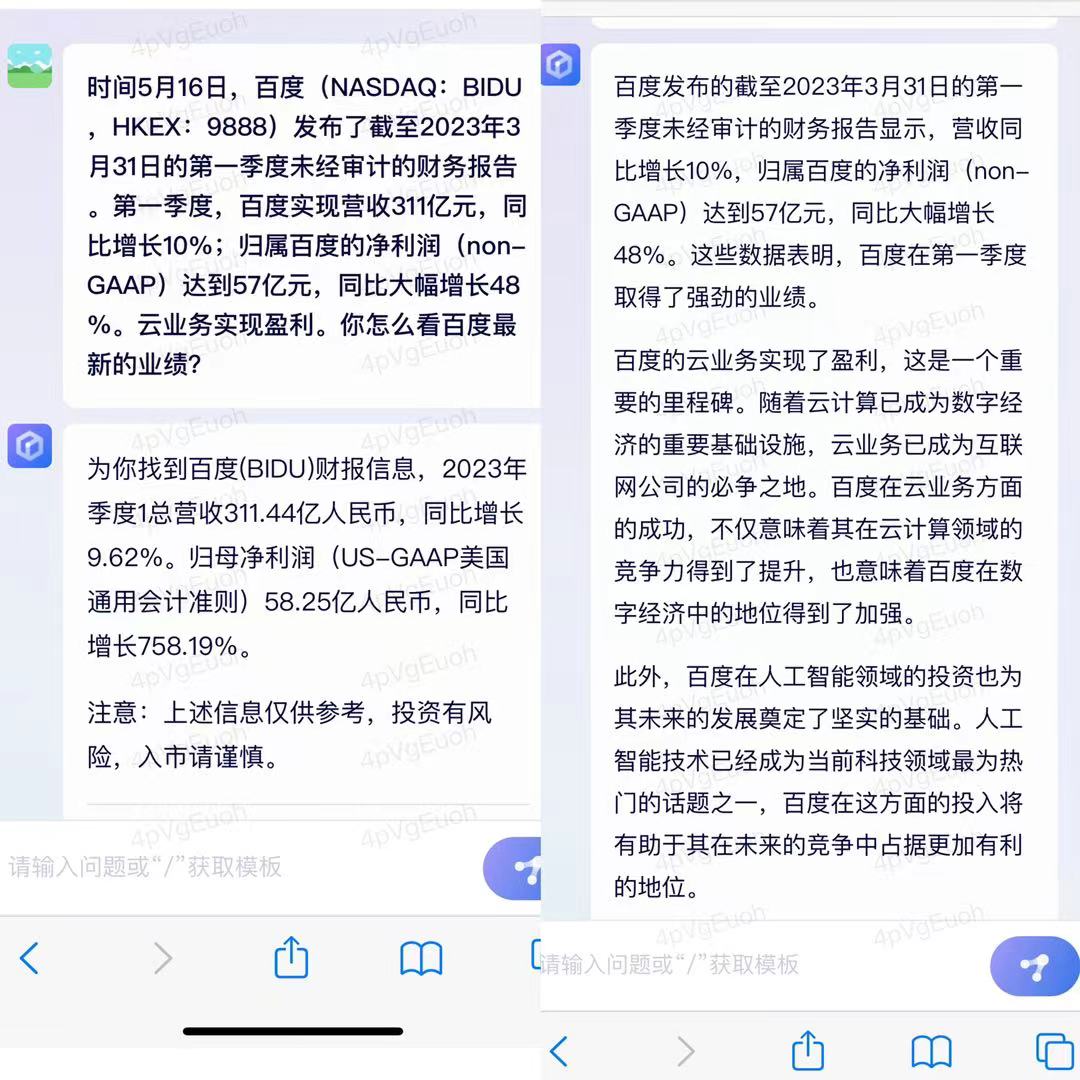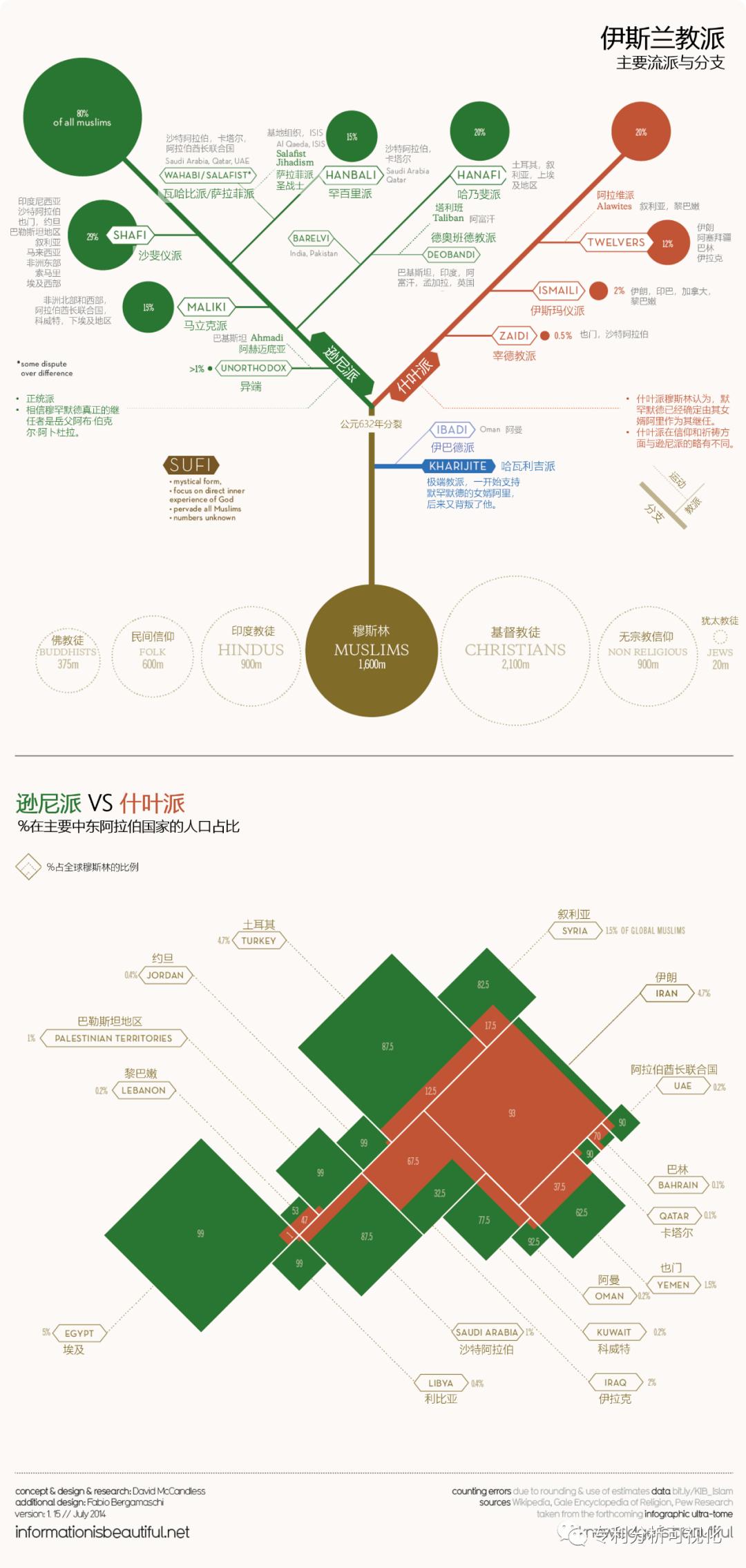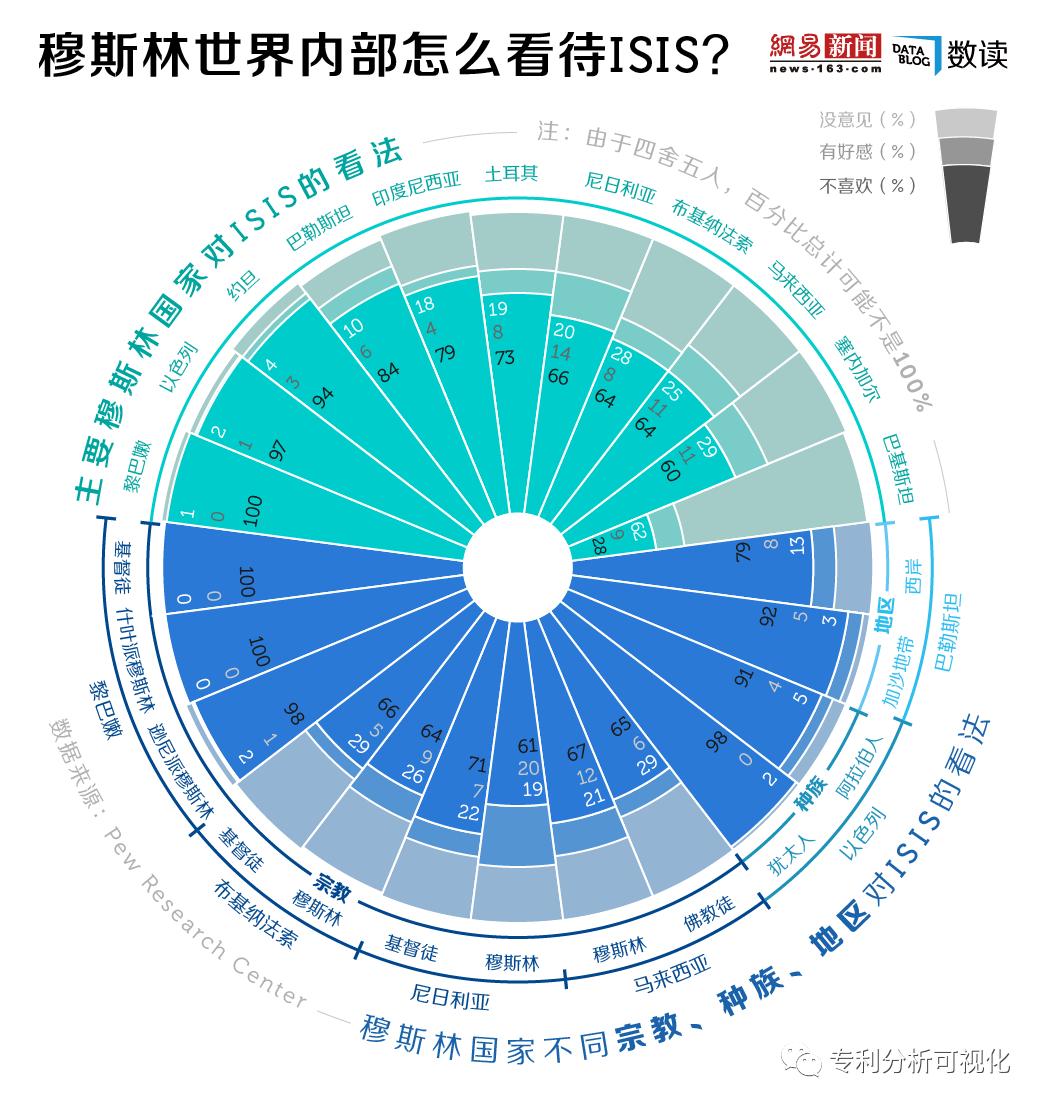According to the Civil Service Law and the Regulations on the Employment of Civil Servants, the Organization Department of the Provincial Party Committee decided to organize and implement the whole province.2023Employ civil servants in the unified examination in 2000 (including the staff of the civil service law management unit, the same below), and employ civil servants at the first-level chief clerk and below and other equivalent ranks for the public examination of organs at all levels in the province.6360First name. The relevant matters are hereby announced as follows:
First, the application conditions
(A) the basic conditions for entering the exam
1.Have People’s Republic of China (PRC) nationality.
2.Age is18Over one year old,35Under one year of age (1987year2Moon solstice2005year2Born during the month).
3.Support People’s Republic of China (PRC)’s Constitution, the Communist Party of China (CPC)’s leadership and the socialist system.
4.Have good political quality and moral conduct.
5.Have the physical condition and psychological quality to perform their duties normally. Among them, applying for the position of the people’s police must meet the physical fitness assessment standards and special standards for physical examination of the people’s police.
6.Have a college degree or above recognized by the national education administrative department.
7.Have the ability to work in line with the requirements of the position and meet the qualifications of the position.
Above-mentioned section2、sixItem is listed as the basic condition. If it is inconsistent with the qualification conditions of the position, the specific conditions specified in the position shall prevail.
The recruitment position table indicates that there are“Special position for recruiting service-oriented grass-roots project personnel"Yes, it is specially designed for college student village officials, special post teachers and students who are recruited and selected by the unified organization of our province and meet the service period.“College students’ voluntary service plan for the western region"、“Rural grassroots talent team revitalization plan"、“Three supports and one support"Planner, full servicefiveIn 2000, there were seven categories of personnel, such as on-the-job personnel in township street agencies and institutions, and retired college students and soldiers who had served for five years. Retired soldiers who apply for special positions do not enjoy the implementation of "Shaanxi Province"<retired soldier resettlement ordinance>Preferential policies for bonus points stipulated in the Measures.
(two) the main circumstances in which the applicant is not allowed to apply.
1.Persons who have received criminal punishment for crimes, those who have been expelled from the Communist Party of China (CPC) Party membership, those who have been expelled from public office, and those who have been listed as joint disciplinary targets for dishonesty according to law.
2.Persons who have been found to have committed fraud and other serious violations of employment discipline in civil service recruitment examinations at all levels.
3.Civil servants have not been dismissed.fiveYears old.
4.Servicemen, non-students.2023Graduates and serving civil servants.
5.Public security specialty in public security colleges2023Graduates may not apply for positions openly recruited by public security organs, and major in judicial administrative police in judicial police colleges.2023Graduates may not apply for positions openly recruited by judicial administrative organs.
6.Candidates are not allowed to apply for a position in avoidance relationship after being hired.
7.Persons who are not allowed to be employed as civil servants under other circumstances as stipulated by laws and regulations.
Second, the application procedure
(1) Job inquiry
Set under the recruitment column of the provincial government portal“Shaanxi province2023Recruiting civil servants by unified examination in"Special web page (hereinafter referred to as“This recruitment special page"),Candidates can passThis recruitment special pageRefer to Shaanxi Province2023Table of positions for recruiting civil servants in the unified examination in "(hereinafter referred to as" position table "). The recruitment special web page arranges links on the following designated websites:
Shaanxi Provincial People’s Government Portal (http://www.shaanxi.gov.cn)
Shaanxi Party Construction Network (http://www.sx-dj.gov.cn)
Shaanxi pioneer network (http://www.sxdyjy.cn/)
Shaanxi Personnel Examination Network (http://www.sxrsks.cn)
Candidates who need to inquire about the qualifications such as majors, academic qualifications and degrees in the Position Table can directly call the position consultation telephone attached to this announcement.
(2) Online registration
Examination registration takes the form of online registration and online qualification examination. The online registration platform is located in Shaanxi Personnel Examination Network at:http://www.sxrsks.cn
Online registration is conducted according to the following procedures:
oneSubmit an application for admission. Candidates can apply at2023year2moononesuneight o’clocktill/extremely2moonsixsunsix o’clock pmLog in to Shaanxi Personnel Examination Network to register.
Candidates can only apply for one position.
Applicants should submit relevant information comprehensively, accurately and effectively. My valid ID card and related information used during registration and examination must be consistent throughout the examination and employment. If the information filled in by the applicant is inconsistent with the real information of the applicant, or the relevant documents, materials and information are forged to defraud the examination qualification, once verified, it will be handled in accordance with the relevant provisions of the Measures for Handling Violations of Civil Servants’ Employment.
2. Query the qualification examination results. The online qualification examination time of each qualification examination unit is2moononesuneight o’clocktill/extremely2moonsevensunsix o’clock pm. During this period, candidates can log on to Shaanxi Personnel Examination Network to check whether they have passed the qualification examination.
2moononesuneight o’clocktill/extremely2moonsixsunsix o’clock pmYou can change the application information before the qualification examination fails, but you can’t change the application information after the examination.
2moonsixsunsix o’clock pmtill/extremely2moonsevensunsix o’clock pmDuring the period, applicants can check the audit status, but they can’t change the application information.
Candidates should carefully refer to the description of job qualifications and carefully choose the positions they apply for. Those who fail to apply according to the qualifications will be disqualified.
The qualification examination of candidates will run through the whole process of examination and employment, including the preliminary examination of registration qualification, pre-interview qualification review, inspection, publicity, employment approval, probation management and other links.
(3) Registration confirmation
After passing the qualification examination, candidates should log on to the designated website for online confirmation and online payment. The deadline for payment is2023year2moonsevensun24At that time, if the payment is not confirmed on schedule, it will be regarded as giving up the registration. The written examination of public subjects is based on each subject of each applicant50Yuan standard fee, professional subjects written test fee.
Family members with minimum living security can apply for reduction or exemption of registration fee. For details, please refer to the application guide.
(4) Download and print the admission ticket online.
Applicants who have confirmed the payment should be in the2023year2moon22suneightWhen the time comes2moon25suneightFrom Shaanxi Personnel Examination Network (http://www.sxrsks.cn) Download and print the admission ticket by yourself.
The admission ticket is a necessary document for candidates to participate in written examination, interview qualification review, interview, physical examination, registration and other procedures. Please keep it properly.
Third, the written test
(A) written examination of public subjects
1.The written examination of public subjects includes two subjects: Administrative Professional Ability Test and Application. Full marks in all subjects are150Points.
2.The written examination time for public subjects is:
2023year2moon25Morning nine:00-11:00Administrative Aptitude Test
2023year2moon25Sunday afternoon two o’clock pm-17:00expound and prove
(2) Written examination of professional subjects
oneCandidates applying for positions in public security organs must take a written examination of professional subjects. Full score in written test of professional subjects100Points.
2The written examination time of professional subjects is:
2023year2moon26Morning nine:00-11:00
(3) Place of written examination
This written test is in the whole province11A test area is set up at the seat of the municipal government. Candidates who apply for municipal positions take a written test in the examination area where the municipal government is located, and candidates who apply for positions in Yangling Demonstration Zone take a written test in Yangling District.
Candidates who apply for positions in provincial departments and vertical management systems in some provinces (prison drug rehabilitation institutions in the provincial judicial system and the provincial endowment insurance handling system) will take a written test in Xi’ an.
(4) Results inquiry
The written test scores of public subjects, written test scores of professional subjects, minimum control scores of public subjects, and the list of people who entered the interview qualification review are expected to bethreemoon25The announcement will be made on June 20, and candidates can log on to the special recruitment website and Shaanxi Personnel Examination Network for enquiries.
At the same time as the written test results of public subjects are announced, the announcement on the handling of candidates who violate the rules and regulations is issued.
(5) Self-employed retired soldiers get extra points.
According to the implementation of Shaanxi Province<retired soldier resettlement ordinance>Measures "(provincial government Decree No.163No.) stipulates that the self-employed retired soldiers in the province will be given extra points when they apply for civil servants, and the extra points will be included in the total written test scores of public subjects. Extra points shall be awarded according to the procedures of individual application, organization review and publicity confirmation. Who signed up and participated in the written test, in line with the scope and conditions of extra points, retired soldiers,2moon27SolsticethreemoononeDuring the day, apply for extra points to the department of retired military affairs of the county (city, district) where my retired file is located. Retired soldiers who have enjoyed the resettlement policies of governments at all levels do not enjoy the bonus policy of applying for civil servants. Please refer to the application guide for the specific requirements of extra points.
Fourth, the interview
(A) the interview qualification review and physical fitness assessment
oneDetermine the interviewer. The total score of written examination of public subjects is above the minimum control score line and the number of candidates is not less than the number of employment plans.threeTimes the position, in order of the total written test score from high to low, according to the number of employment plans.threeTimes to determine the personnel who enter the interview qualification review; The total score of written examination of public subjects is above the minimum control score, and the number of candidates is less than the number of recruitment plans.threeTimes the position, the personnel who reach the minimum control score line enter the interview qualification review.
Total written test score of public subjects = administrative professional ability test score+Application results
Total written test score of written test positions without professional subjects = total written test score of public subjects.
The total score of written test for professional subjects = the total score of written test for public subjects.+Written test scores of professional subjects
If there is a tie at the bottom of the total written test score according to the position ranking, the tie-in person will also enter the interview qualification review.
Those who scored zero in a single subject are not allowed to enter the interview qualification review.
The situation of those who have entered the interview qualification review will be announced in a unified manner on this recruitment website.
2Interview qualification review. Interview qualification review must be conducted before the interview, and specific matters such as the time and place of qualification review will be notified separately on this recruitment website.
If the main information of the relevant materials submitted by the applicant is untrue, the interview qualification will be cancelled.
Institutions that meet the requirements for registration must submit the certificate of consent issued by the authority with cadre management authority when the staff enter the interview qualification review. Candidates who cannot issue the certificate of consent cannot pass the interview qualification review.
Those who fail to participate in the interview qualification review within the prescribed time limit shall be regarded as candidates’ automatic waiver of interview qualification.
threePhysical fitness assessment. Applicants for people’s police posts (including posts in the public security system, judicial police posts in courts and procuratorates, and posts in prison drug rehabilitation institutions in the judicial system) must participate in physical fitness assessment after passing the interview qualification review. Those who fail the physical fitness assessment are not allowed to enter the interview.
Those who fail to participate in the physical fitness assessment within the prescribed time limit shall be regarded as candidates’ automatic waiver of interview qualification.
fourPersonnel replacement. Personnel replacement within the prescribed time limit.
For employment plans with less than10Name (excluding10Name) position, due to the interview qualification review (physical fitness assessment) unqualified, give up or cancel the interview qualification and other vacancies, by the qualification review unit in this position written test total score above the minimum control score, in no more than the total number of employment plans.fiveTimes the scope of personnel, according to the total written test scores from high to low in turn.
Yes, the number of employment plans is more than10Name (including)10Name) position, interview qualification review (physical fitness assessment) qualified number is more than or equal to the number of employment plans.2Times, will not be replenished; The number of qualified people is less than the number of employment plans.2Times, according to not more than the number of employment plans.2The number of times is replenished once.
The vacancy formed after the physical fitness assessment of the people’s police post is replenished once.
Interview qualification review(physical fitness assessment)Qualified personnel enter the interview.
(2) Review of interview qualifications for positions with professional skills testing.
Positions with professional skills test, according to the number of employment plansfiveTimes, in order of the total written test scores of public subjects from high to low, determine the interview qualification reviewers. If there are unqualified personnel in the interview qualification review, they will not be replenished. Before the interview, the professional skills test shall be organized and implemented by the relevant departments, and the qualified personnel in the interview qualification review shall participate. The full score of professional skills test is100Points. The recruitment department can draw a test score line and notify the candidates together with the test arrangement before the test. Those who fail to reach the test score line are not allowed to enter the follow-up employment link.
After the professional skills test, the total written test scores of public subjects and professional skills test scores are sorted according to the original scores and the total, according to the employment plan.threeThe number of times, from high score to low score, determines the interviewer. If there is a tie for the last grade according to the position ranking, the tie-in person will enter the interview at the same time.
(3) Organizing and implementing the interview
The province’s interview work is organized and implemented by the provincial and municipal departments respectively. The interview score is 0100Points.
The interview time and place will be announced separately.
During the interview, the applicant must bring his valid ID card and the original admission ticket.
Video recording of the whole interview.Take the method of calculating the average score after removing a highest score and a lowest score from the interview score of each examiner to determine the interview score.The interview results were announced to the candidates themselves on the spot and signed by the candidates for confirmation.
(four) the calculation of comprehensive scores and determine the medical personnel.
one. Calculation formula of comprehensive score
Comprehensive performanceone(no written test for professional subjects) = total written test score for public subjects (administrative professional ability test score)+Application results)÷3×60%﹢Interview results×40%
Comprehensive performance2(written test for professional subjects) = total written test score (administrative professional ability test score)+Application results+Written test scores of professional subjects)÷4×60%+Interview results×40%
Comprehensive performancethree(with professional skills test) = total written test score of public subjects (administrative professional ability test score+Application results)÷3×50%+Professional skill test scores×20%﹢Interview results×30%
When publishing the total written test scores of public subjects, written test scores of professional subjects, professional skill test scores, interview scores and comprehensive scores, the decimal point shall be reserved.2Bit. If the comprehensive scores are tied, the decimal places will be postponed to determine the ranking.;When the comprehensive scores are tied and still the same after being extended to decimal places, the comprehensive scores are determined according to the order of martyrs’ children, retired soldiers, total written test scores and administrative professional ability test scores.
2. Determine who will enter the medical examination.
(one) For positions with more effective interview results than the number of employment plans, press and position employment plan.one:oneThe proportion, in order of comprehensive scores from high to low to determine the medical personnel.
(2) For positions with effective interview results less than or equal to the number of employment plans, the candidates with the last comprehensive scores can enter the medical examination only if their interview scores reach one of the following interview scores:
Interview qualified score lineAFor:“This examination room (in the same session, the same examination questions are used by the same interview examiner group) has obtained the average interview results of candidates with effective interview results.".
Interview qualified score lineBFor:“In this examination room (in the same session, the same examination questions are used by the same interview examiner group), among the positions with more effective interview results than the number of employment plans, the minimum interview results of medical candidates will be entered.".
(threeThe day after the interview, the interviewer’s written test scores, interview scores, comprehensive scores and the announcement of entering the list of medical examiners will be posted on the special recruitment webpage.
V. Physical examination
Physical examination items and standards shall be implemented in accordance with the General Standard for Physical Examination of Civil Servants (Trial) and the operation manual. For positions with special requirements for physical conditions, the relevant physical examination items and standards shall be implemented in accordance with the Special Standards for Physical Examination of Civil Servants (Trial). For items related to the adjustment of physical examination standards for individual positions, please refer to the relevant information published in the position table or recruitment guide for details. The medical examination fee is paid by the candidates who take part in the medical examination.
Vacancies caused by candidates giving up or failing to pass the medical examination will be filled from high score to low score according to the comprehensive scores of the candidates who participated in the interview. Replenishment does not exceed2Time. Those who fail to participate in the supplementary medical examination within the prescribed time limit shall be deemed to have given up. For those who cannot attend the physical examination on time due to force majeure, the suspension of the physical examination shall not exceed in principle.sixLast month.
Those who pass the medical examination enter the inspection.
VI. Investigation
The recruitment department is responsible for organizing and implementing the inspection work.The inspection was conducted in accordance with the Regulations on the Employment of Civil Servants and the Measures for the Investigation of the Employment of Civil Servants (Trial), as well as the provisions of the Notice on Further Strengthening the Political Investigation of the Employment of Civil Servants in our province. The investigation was conducted by individual talks, field visits, reviewing personnel files, inquiring social credit records, and interviewing myself.The investigation should highlight political standards,Focus on understanding the candidates’ political beliefs, political positions, political awareness and political performance, and whether they meet the requirements of strengthening.“Four Consciousnesses", firm"Four Matters of Confidence"Do it.“the Two Upholds"Defend“Two Establishes"Love the Communist Party of China (CPC), love the motherland, love the people and other political requirements. Fully understand the moral character, ability and quality, psychological quality, study and work performance, law-abiding, honesty and self-discipline, job matching and whether it is necessary to avoid. Among them, the investigation of the position of the people’s police in public security organs should be in accordance withThe People’s Police Law of the People’s Republic of China, the Disciplinary Regulations of the People’s Police of Public Security Organs and the Measures for the Political Investigation of the People’s Police Employed by Public Security Organs.The relevant provisions of the. The investigation results are the main basis for determining the candidates to be hired.
Before the public announcement of the candidates to be hired, the vacancies caused by the voluntary abandonment of qualifications or unqualified inspection results will be supplemented by a physical examination according to the comprehensive scores from high to low, and those who pass the physical examination will be inspected again.
VII. Publicity
The situation of the personnel to be hired will be publicized on this recruitment website, and the publicity period will befiveWorking days.
In cities and provincial departments as a unit, the personnel who will be hired will not be filled after the announcement of the public announcement.
This recruitment has merged some similar positions at the grassroots level within the county (city, district). Where the positions in the job list involve two or more different employers, after the publicity, the municipal civil servant department will organize and arrange the relevant candidates to choose and determine the specific positions in turn according to the order of comprehensive scores from high to low.
Eight, employment
At the expiration of the publicity period, those who have no problems or reflect problems will be hired; If the problems affecting employment are reflected during the publicity period and verified, they will not be employed; To reflect the problem is difficult to verify, suspend employment, and then decide whether to hire after it is found out. The newly hired personnel shall go through the relevant procedures such as administration, salary, household registration transfer and file transfer with the Employment Notice. Failure to report for duty within the time limit without justifiable reasons shall be deemed as abandonment of employment qualification.
This time, the newly hired civil servants in township organs arefiveYears of service. Other positions marked with specific service term provisions in the position table shall be implemented according to their provisions.
Nine, important tips
oneThe specific explanation of the Application Guide attached to this announcement has the same effect as the contents of the announcement text, and other unfinished matters shall be explained by the Civil Servant Division II of the Organization Department of the Provincial Party Committee. The recruitment departments shall be responsible for the interpretation of specific matters such as job setting, qualification examination, professional skill test and inspection.
2The announcement of this recruitment is published on the portal of Shaanxi Provincial People’s Government, Shaanxi Party Construction Network, Shaanxi Pioneer Network and Shaanxi Personnel Examination Network. Candidates are requested not to jump into the registration system through websites other than the above-mentioned websites to prevent personal information from being leaked and affecting normal registration. Interview qualification review, interview, physical examination and other arrangements shall be subject to the announcement of this recruitment special webpage, and pay attention to the examination information of relevant websites after the written test.
threeThe professional title of this examination is set and reviewed according to the Catalogue of Higher Vocational Education (Specialty) in Ordinary Colleges and Universities, the Catalogue of Undergraduate Specialty in Ordinary Colleges and Universities and the Catalogue of Postgraduate Talents Training Disciplines issued by the Ministry of Education and the State Council Academic Degree Office.
fourCandidates submit to the same positionthreeIf the registration information fails after examination, you can’t apply for the position again.
fiveCandidates must submit their telephone numbers when registering, so as to contact them in time when there is a replacement in interviews, physical examinations and other links. Candidates are responsible for the consequences caused by their inability to get in touch with candidates.
sixThis examination only specifies the examination outline, and does not specify or publish any examination materials or counseling books. Organizations and recruitment departments at all levels do not hold or entrust any institutions to hold exam counseling training courses. The remedial classes, counseling websites or publications held by the society about the civil service examination in Shaanxi Province have nothing to do with the organizers of this examination. Please be vigilant and beware of being deceived.
Attachment:
one.Shaanxi province2023Table of positions for civil servants in unified examination in 2000
2.Shaanxi province2023Guide for the application of civil servants in the unified examination in
three.Shaanxi province2023Examination outline of public subjects for civil servants in unified examination in
four.2023Annual written examination outline for professional subjects of people’s police positions in public security organs
five. Civil service recruitment physical examination standards
six. Physical fitness assessment items and standards for employing people’s police (Provisional)
seven.Self-employed retired soldiers bonus application form. doc(Click to download)
eight. consultation telephone number
Shaanxi province administration of civil service
2023yearonemoontwentysun
